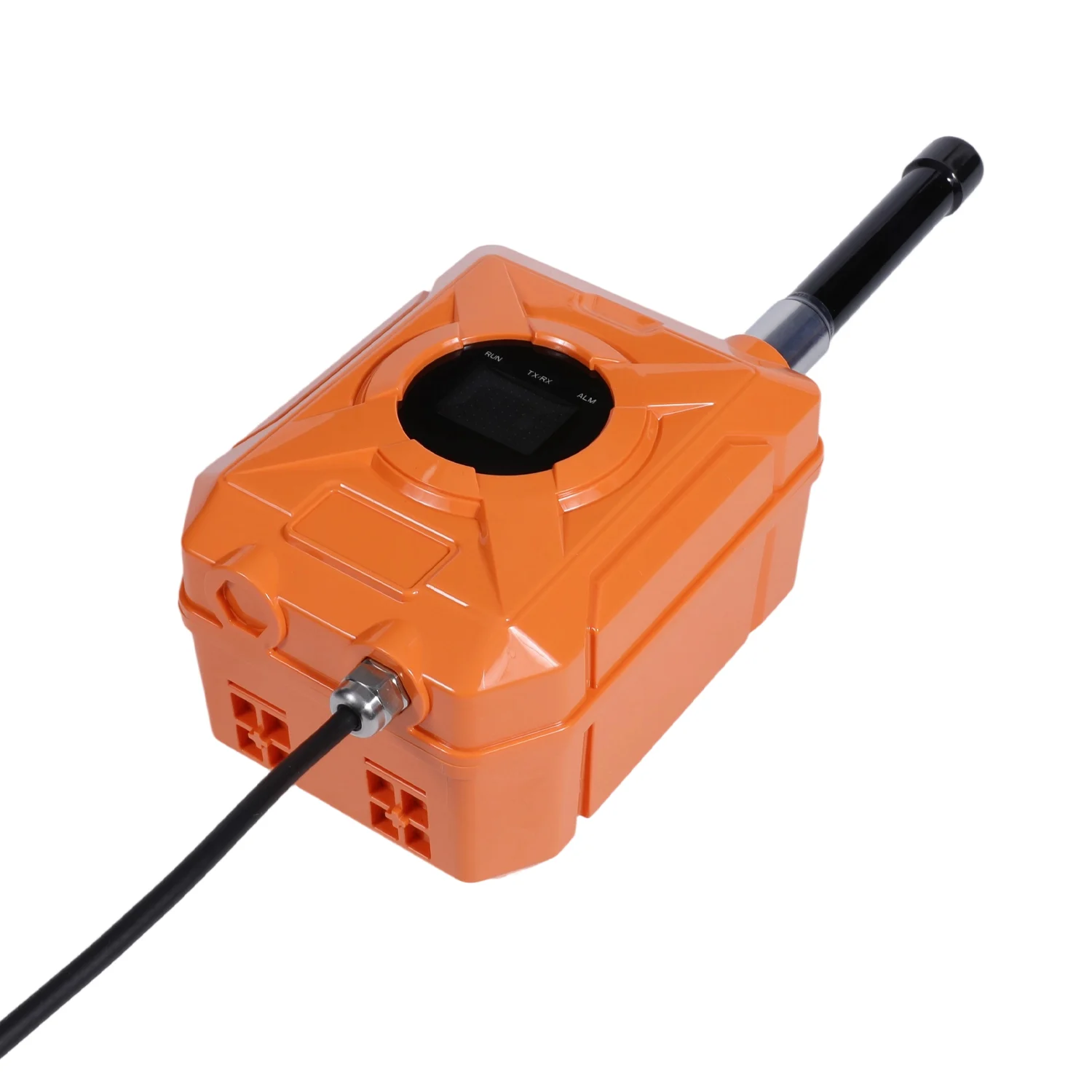Effective water management is crucial for sustainable resource utilization and environmental protection. In this context, the role of advanced monitoring technologies cannot be overstated. Among these, the radar water level monitor stands out as a cutting-edge solution that enables precise and reliable measurement of water levels in diverse environments. Developed by a reputable level sensor manufacturer, these devices combine ultra-low power consumption with robust wireless communication capabilities, making them ideal for remote and harsh locations such as manholes and inspection wells where traditional power supplies are unavailable.
Table of contents:
The Role of Liquid Level Gauges in Efficient Water Resource Monitoring
Advantages of Wireless Radar Level Monitors for Remote Water Level Measurement
Comparing Traditional Water Level Gauges to Wireless Radar Level Monitors
Future Trends in Wireless Radar Level Monitor Technology for Water Management
The Role of Liquid Level Gauges in Efficient Water Resource Monitoring
Liquid level gauges are fundamental instruments in the continuous assessment of water resources. They provide critical data that supports flood control, wastewater management, and urban drainage system maintenance. Traditional gauges, while useful, often require manual readings and are susceptible to environmental interference such as sediment accumulation or debris. In contrast, modern radar water level monitors utilize millimeter-wave radar technology to perform non-contact measurements with high precision, typically within ±2mm. This non-invasive approach minimizes maintenance needs and improves data reliability. Furthermore, these devices support automatic data sampling and transmission via 4G wireless communication, ensuring that water level information is promptly available on monitoring platforms. The integration of intelligent features such as data breakpoint resume and hierarchical alert systems enhances the continuity and responsiveness of water monitoring efforts. Hence, liquid level gauges, especially those incorporating wireless radar technology, are indispensable tools for efficient water resource monitoring.

Advantages of Wireless Radar Level Monitors for Remote Water Level Measurement
Wireless radar level monitors offer significant advantages for measuring water levels in remote or hard-to-access locations. Their battery-powered design with a lifespan exceeding three years eliminates the dependency on external power sources, which is a common limitation in remote monitoring scenarios. The IP68 protection class ensures resistance to water immersion and harsh environmental conditions, including fungus, salt spray, and extreme temperatures ranging from -20°C to 70°C. Additionally, the non-contact measurement principle reduces the impact of sediment and debris, which often compromise the accuracy and durability of traditional sensors. Equipped with a high-definition 1.77” LCD display, these monitors provide real-time local data viewing, while 4G communication enables remote data transmission to cloud platforms for continuous oversight. The intelligent wake-up functions and remote configuration capabilities simplify device management and maintenance.
Comparing Traditional Water Level Gauges to Wireless Radar Level Monitors
Traditional water level gauges typically rely on direct contact or float mechanisms, which can be prone to wear and inaccuracies due to environmental factors such as biofouling, sedimentation, and mechanical failure. These systems often require frequent manual inspection and maintenance, increasing operational costs and risking data gaps. In contrast, wireless radar water level monitors employ millimeter-wave radar technology that measures water levels without physical contact. This approach significantly reduces maintenance frequency and improves measurement accuracy with a blind zone as low as 0.2 meters and a measurement range up to 10 meters. Furthermore, wireless radar monitors feature advanced data handling capabilities, including large buffer storage for data retention during network outages and automatic data retransmission upon communication recovery.
Future Trends in Wireless Radar Level Monitor Technology for Water Management
The future of wireless radar level monitor technology is poised for further innovation, driven by the growing demand for smart water management systems. Upcoming advancements are expected to focus on enhanced data analytics and artificial intelligence integration to enable predictive maintenance and more sophisticated alert systems. Improvements in battery technology will likely extend device lifespan even further, reducing the need for replacement and lowering operational costs. Additionally, the expansion of IoT ecosystems will facilitate seamless interoperability between radar water level monitors and other environmental sensors, creating comprehensive monitoring networks. Enhanced communication protocols beyond 4G, such as 5G and low-power wide-area networks (LPWAN), will improve data transmission speed, reliability, and energy efficiency.
The integration of wireless radar water level monitors into water management practices represents a significant leap forward in monitoring technology. These devices, developed by leading level sensor manufacturers, offer unparalleled precision, durability, and ease of use in remote and harsh environments. Their ability to provide real-time data through reliable 4G communication, combined with intelligent features such as data breakpoint resume and remote operation, ensures continuous and accurate water level monitoring.
